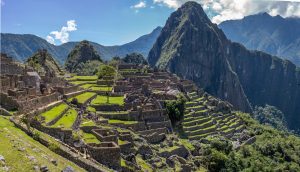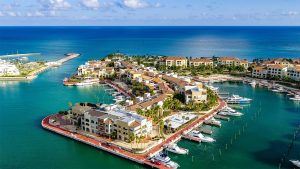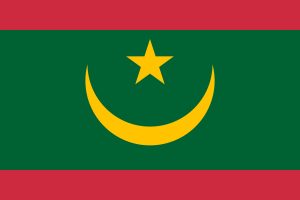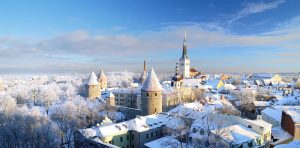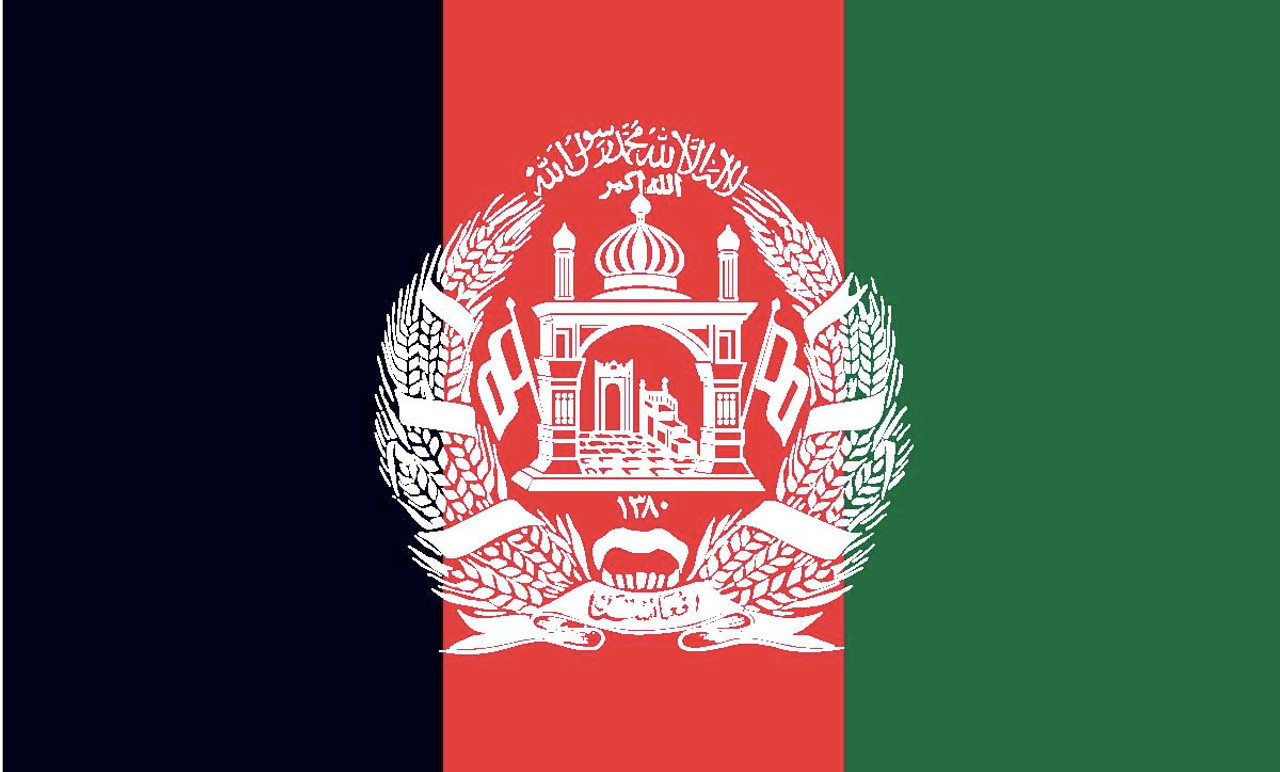
35 interesting facts about Afghanistan
- 👁️ 2543
Afghanistan, often called the heart of Asia, boasts a rich and complex history that intertwines with its unique geographic and cultural landscape. From its role as a crossroad of ancient civilizations along the Silk Road to its more recent history marked by conflict and resilience, Afghanistan is a nation with deep-rooted traditions and a diverse population. Despite facing numerous challenges, the country’s rich heritage and natural beauty continue to capture the interest of people around the world. This article aims to explore a wide range of fascinating facts about Afghanistan, shedding light on its historical significance, cultural richness, and contemporary issues.
- Afghanistan is landlocked and bordered by six countries: Pakistan, Iran, Turkmenistan, Uzbekistan, Tajikistan, and China.
- The Hindu Kush mountain range runs through the center of Afghanistan, providing stunning landscapes and serving as a natural barrier.
- Kabul, the capital city, is one of the highest capitals in the world, located about 1,800 meters (5,900 feet) above sea level.
- Afghanistan has two official languages, Dari and Pashto, with Dari serving as the lingua franca.
- The country’s population includes a variety of ethnic groups, with Pashtuns, Tajiks, Hazaras, and Uzbeks being the largest.
- Archaeological findings suggest that humans lived in what is now Afghanistan at least 50,000 years ago.
- The area was historically part of the Silk Road, the ancient trade route that connected China to the Mediterranean.
- Afghanistan was once a Buddhist center before the arrival of Islam in the 7th century.
- The Bamiyan Buddhas, giant statues carved in the 6th century and destroyed in 2001, were a UNESCO World Heritage site.
- Afghanistan’s national sport is buzkashi, a traditional Central Asian game played on horseback.
- The country is renowned for its carpets, often hand-woven in traditional designs that are exported worldwide.
- Pomegranates are one of Afghanistan’s most famous exports.
- The Minaret of Jam, located in the Ghor province, is another UNESCO World Heritage site in Afghanistan.
- Despite decades of conflict, Afghanistan maintains a rich tradition of poetry and music.
- The country’s legal system incorporates Islamic law, customary law, and statutory law.
- Afghanistan’s economy is heavily dependent on agriculture, with wheat being the primary crop.
- The nation has significant deposits of minerals and precious stones, including emeralds, lapis lazuli, and high-quality rubies.
- Opium production is a major and controversial part of Afghanistan’s economy.
- The Khyber Pass, connecting Afghanistan and Pakistan, has been a strategic military route for centuries.
- The Afghan Hound, a breed of hunting dog, originated in Afghanistan.
- Afghanistan’s flag features three vertical stripes of black, red, and green.
- Traditional Afghan clothing includes the shalwar kameez for men and the burqa for women.
- Kite flying is a popular pastime in Afghanistan, celebrated in the novel “The Kite Runner” by Khaled Hosseini.
- The country experiences a continental climate with harsh winters in the central highlands.
- Afghanistan achieved full independence from British influence on August 19, 1919.
- The Soviet invasion in 1979 led to a decade-long conflict involving mujahideen fighters against Soviet forces.
- Following the withdrawal of Soviet troops, civil war erupted, leading to the rise of the Taliban in 1996.
- The United States led an invasion in 2001 that toppled the Taliban, who later resurged in the country.
- Afghanistan’s National Museum in Kabul houses thousands of items tracing the country’s history.
- The country’s natural wildlife includes snow leopards, lynxes, and brown bears.
- Afghanistan’s literacy rate is one of the lowest in the world due to prolonged conflicts.
- The Blue Mosque in Mazar-i-Sharif is famous for its stunning architecture and is a sacred place of pilgrimage.
- Afghanistan’s terrain is over 75% mountainous.
- The nation has never won an Olympic medal.
- The country is administratively divided into 34 provinces.
In conclusion, Afghanistan is a country with a rich tapestry of history and culture that is as diverse as its landscapes. Despite facing ongoing challenges, the resilience of its people and the richness of its traditions continue to define Afghanistan on the global stage. Understanding these facts helps provide a broader perspective on Afghanistan’s place in the historical, cultural, and political fabric of the world. The journey of Afghanistan through ages of prosperity, through times of turmoil, offers valuable insights into the complexities of nation-building in a multi-ethnic state.




